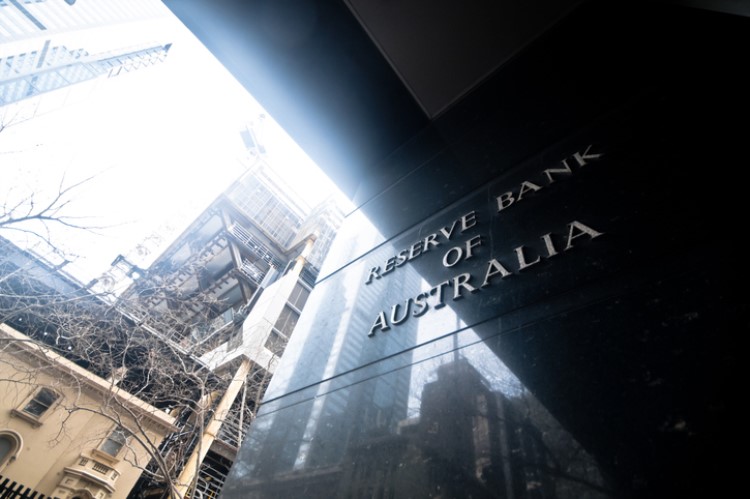
The Reserve Bank of Australia (RBA) increased the cash rate for the fifth consecutive month, bringing it 50 bps higher to 2.35%
The current cash rate is now at the highest level since 2015.
Below are some of the highlights from RBA Governor Philip Lowe’s latest monetary policy decision statement:
On household spending
- Uncertainty remains on household spending — higher inflation and higher interest rates put pressure on budgets.
- Full effects of higher interest rates are yet to be felt in mortgage payments.
- Consumer confidence has already fallen, and house prices has started to decline in most markets.
- Many households have built up large financial buffers.
- Savings rate remains higher than pre-pandemic levels.
On labour market:
- The Australian economy is growing “solidly”, with the national income being supported by a record level of terms of trade.
- Unemployment rate declined to 3.4% in July, the lowest in 50 years.
- Job vacancies and job ads are at very high levels, which would support a further decline in unemployment over the coming months.
- Wage growth has picked up from the low rates in recent years.
On inflation:
- The board remains committed to returning inflation to the 2% to 3% target over time while keeping the economy on an “even keel”.
- Inflation in Australia is at its highest since the early 1990s and is expected to increase over the months ahead.
- There is an upwards pressure on prices from strong demand, tight labour market, and capacity constraints in some sectors of the economy.
- Inflation is set to peak later this year before declining to the target range.
- The central forecast is for the CPI inflation to be around 7.75% over 2022, over 4% in 2023, and 3% in 2024.
Dr Lowe expects further rate hikes in the coming months, but the size and timing would depend on the outlook for inflation and the labour market.
“The Board is committed to doing what is necessary to ensure that inflation in Australia returns to target over time.”
CreditorWatch chief economist Anneke Thompson said the further hike in the cash rate shows that the RBA is not shying away from its goal of bringing inflation back inside the 2% to 3% target band.
She said retail trade, labour force, and business sentiment data all pointed to continued heat in the economy.
"We expect that the RBA will not hit the pause button on cash rate increases until retail trade data starts to better reflect downbeat consumer sentiment — this could happen, however, as soon as the upcoming Christmas shopping period,” she said.
Ms Thompson said the labour market is poised to remain tight for some time. Coupled with low migration, this could, however, encourage continued high consumption even when the overall consumer sentiment is low.
“On the flip side, households are finally starting to work through their savings, which could start making more consumers pull back their spending,” she said.
"The question is will consumers be spooked enough by their savings falling to reduce their spending, even when job security is so high?”